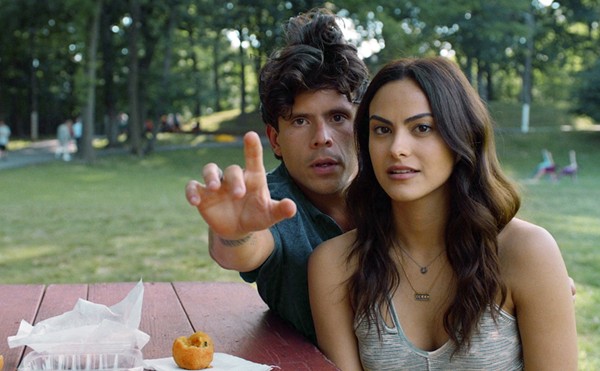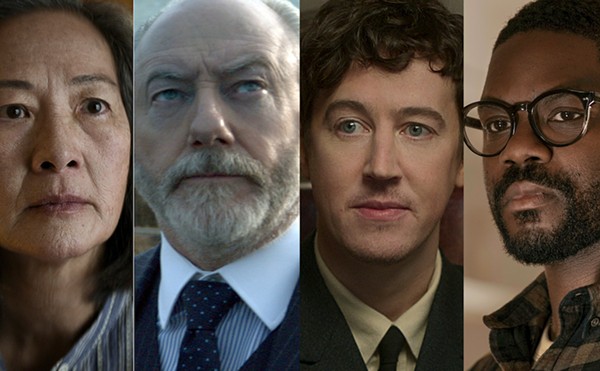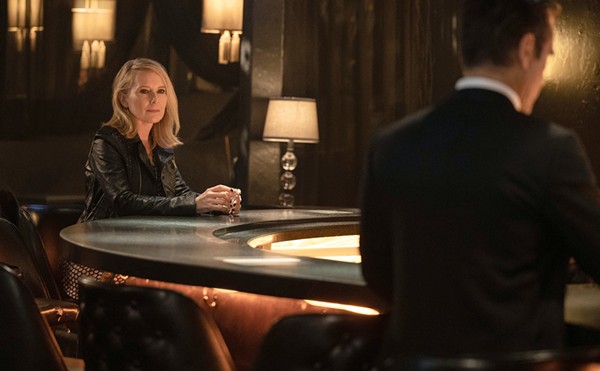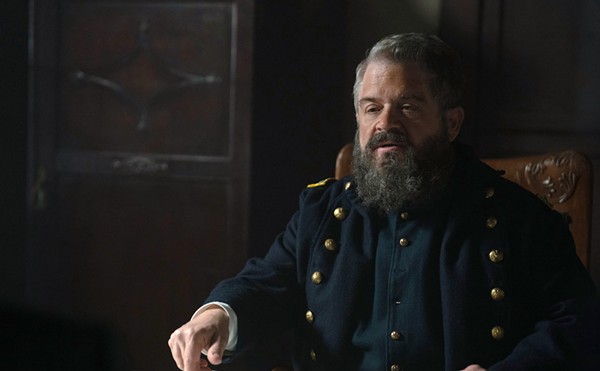Although Walt Disney had already introduced a Hispanic-themed character named Panchito, a pistol-packing red rooster, in the 1945 film The Three Caballeros, the character did not reach television airwaves until the Disney Channel’s House of Mouse revived him in 2001. By then, Speedy, who was pulled off the Cartoon Network two years prior (allegedly for negative ethnic stereotypes) only to be given new life with the help of League of United Latin American Citizens supporters in 2002, re-entered a much progressed Latino cartoon world. Leading the Hispanic wave was Nickelodeon’s Dora the Explorer, an adventurous little Latina who spoke English and Spanish.
Other networks also began to test the waters by creating more Latin cartoon characters. PBS Kids followed suit with Cyberchase’s Inez, a 9-year-old girl with a big vocabulary who enjoys the music of Marc Anthony and loves her cat Gatito. Nick also introduced super-genius Penny Sanchez in the show ChalkZone and rollerskating rebel “Twister” Rodríguez in Rocket Power. The Cartoon Network continued its love for all things Latin with ¡Mucha Lucha!, a show about three luchador wrestlers — Buena Girl, Rikochet, and the Flea — who live by the code “Honor, family, tradition, donuts!”
“Children’s shows are not just about white faces anymore,” Linda Steiner, senior vice president at Warner Bros. Animation, told the New York Daily News in 2002. “It’s great to have a role model, someone of your own color. Kids … want shows that feature characters who are just like them.”
According to a 1999 study by the Kaiser Family Foundation, Hispanic children between the ages of 2-18 watch an average of three-and-a-half hours of television per day. That same year, the Annenberg Public Policy Center released statistics from its State of Children’s Television report, which found that 40 percent of children’s programming contained no diversity. Add to that excerpts from Louis E.V. Nevaer’s 2004 book Rise of the Hispanic Market in the United States, which states that Hispanics are driving the overall growth of the country’s television audience.
Networks today seem to be getting the message. In the past five years, Latin-themed cartoon characters have been finding a home on a number of different shows. This includes the Nick spin-off Go Diego Go!, PBS Kids’ Maya and Miguel, the Spanish-speaking monster Eduardo on CN’s Foster’s Home for Imaginary Friends, Sheen Estevez in Nick’s Adventures of Jimmy Neutron Boy Genius, and the Disney Channel’s Handy Manny, a Hispanic version of Bob the Builder.
“It is important to have Latino cartoon characters as part of children’s television programming because our children need to learn how to laugh at themselves,” said Marco Portales, professor of English at Texas A&M University and author of Crowding Out Latinos: Mexican Americans in the Public Consciousness. “Cartoons can tell us about ourselves, about our foibles, discoveries, revelations, and humorous ways of documenting our lives.”
The most recent addition to the Latino-cartoon lineup is El Tigre: The Adventures of Manny Rivera, which made its debut March 3 on Nickelodeon. The cartoon follows a young boy who must decide whether to use his superpowers for good or evil. According to the show’s creators, husband-wife team Jorge R. Gutierrez and Sandra Equihua, El Tigre is the first-ever Latin-themed cartoon produced by Latinos. The idea for the show was subconsciously planted in their minds years ago when they were growing up in Tijuana, Mexico. Gutierrez said there were no cartoons that he could identify with as a child.
“We never saw any Latino characters in any cartoons,” he said. “For the longest time, when I would watch He-Man I thought that Skeletor was a superhero for Dia de los Muertos.”
While creating El Tigre, Gutierrez said he and his wife focused on trying to make something they would have liked to have seen when they were kids. This includes the occasional stereotype, something both want to embrace rather than ridicule.
“We are very aware of the stereotypes of the culture,” Equihua said, adding that cartoons can sometimes cross the line, like in Adult Swim’s Minoriteam, whose character El Jefe uses a leafblower as his weapon of choice. “There are good things that are cliché, like honor, tradition, pride and putting family first. Those are great stereotypes … and we want to run with them.”
Portales agrees and says that although a majority of the humor of cartoons comes from its stereotypes, artists have to remember that some of these labels stray far from anything that could offer cultural stimulation.
“Some have been imposed on us and they represent us in ways that do not help our people,” he said. “We need to learn to see which ones help us and which ones do not.”
















